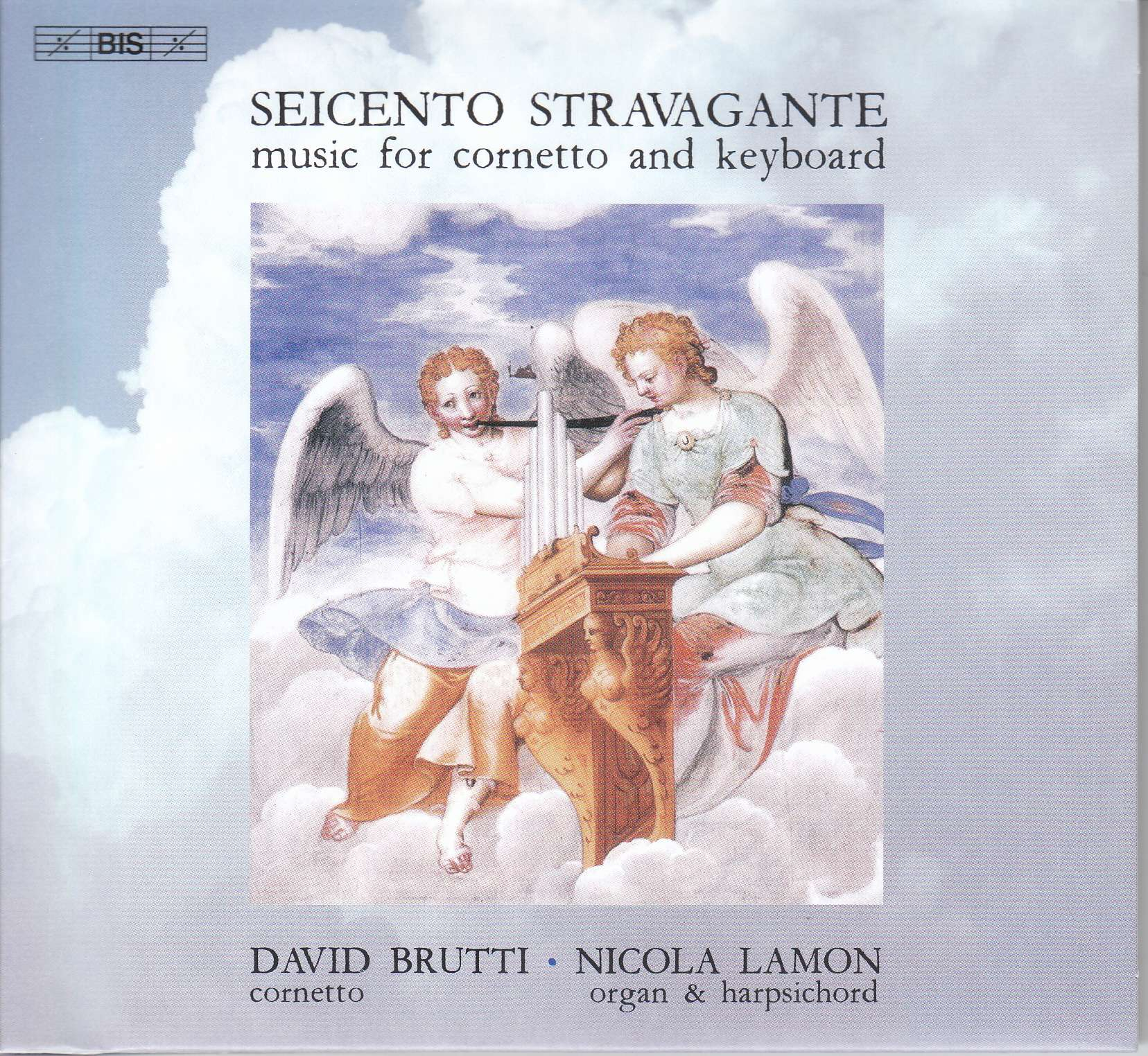Košík
Váš košík je momentálne prázdny.
Seicento stravagante: Music for Cornetto and Keyboard
18,00 €
Formát:
SACD
Dostupnosť:
7-14 dní
Katalógové číslo:
BIS2526
EAN kód:
7318599925264
Autori:
Andrea Falconieri, Andrea Gabrieli, Angelo Notari, Annibale Padovano, Biagio Marini, Dario Castello, Francesco Rognioni Taeggio, Giovanni Battista Fontana, Giovanni G. Kapsberger, Giovanni Martino Cesare, Giovanni Salvatore, Girolamo Della Casa, Girolamo Frescobaldi, Ricardo Rognioni
Interpreti:
David Brutti, Nicola Lamon, Seicento Stravagante
Vydavateľ:
BIS
Zoznam skladieb
1 Giovanni Battista Fontana: Sonate Nr. 32 Girolamo Frescobaldi: Canzon Nr. 3 "La Lucchesina"
3 Annibale Padovano: Toccata im 6. Ton (für Orgel)
4 Dario Castello: Sonate Nr. 1
5 Andrea Gabrieli: Canzon francese detta Qui la dira (für Cembalo)
6 Giovanni Kapsberger: Sinfonia Nr. 13
7 Andrea Falconieri: La Monarca
8 Ricardo Rognioni: Ung gay Berger
9 Angelo Notari: Ahi, che s'acresce in me
10 Anonym: Canzona su partimento (für Orgel)
11 Girolamo Della Casa: Susanne un jour
12 Giovanni Salvatore: Toccata Nr. 2 im 9. Ton (für Orgel)
13 Giovanni Martino Cesare: La Foccarina
14 Francesco Rognioni Taeggio: Pulchra es, amica mea
15 Giovanni Battista Fontana: Sonate Nr. 2
16 Biagio Marini: Sonate für Orgel und Violine oder Kornett
Popis
How can one express feelings with purely instrumental music? This album attempts an answer to this question with music by Italian composers of the late 16th and early 17th centuries. David Brutti and Nicola Lamon demonstrate the extravagant stylistic possibilities of Baroque music. In the decades around 1600, the dominance of the human voice and text in music was broken.
At first, polyphony was ornamentally embellished to replace the "loss" of the text. But later, as the boundaries between vocal and instrumental music became more fluid, instrumental solos emerged from the vocal lines. And finally, in the third decade of the 17th century, a new, free and independent instrumental music emerged, mixing quite freely polyphony, dance-like sections, and emotionally charged phrases.
Brutti demonstrates this development on three different instruments, and Nicola Lamon alternates between a harpsichord (a replica of an instrument from 1681) and two historical organs from 1578 and 1660, respectively.Prihlásenie
Newsletter



